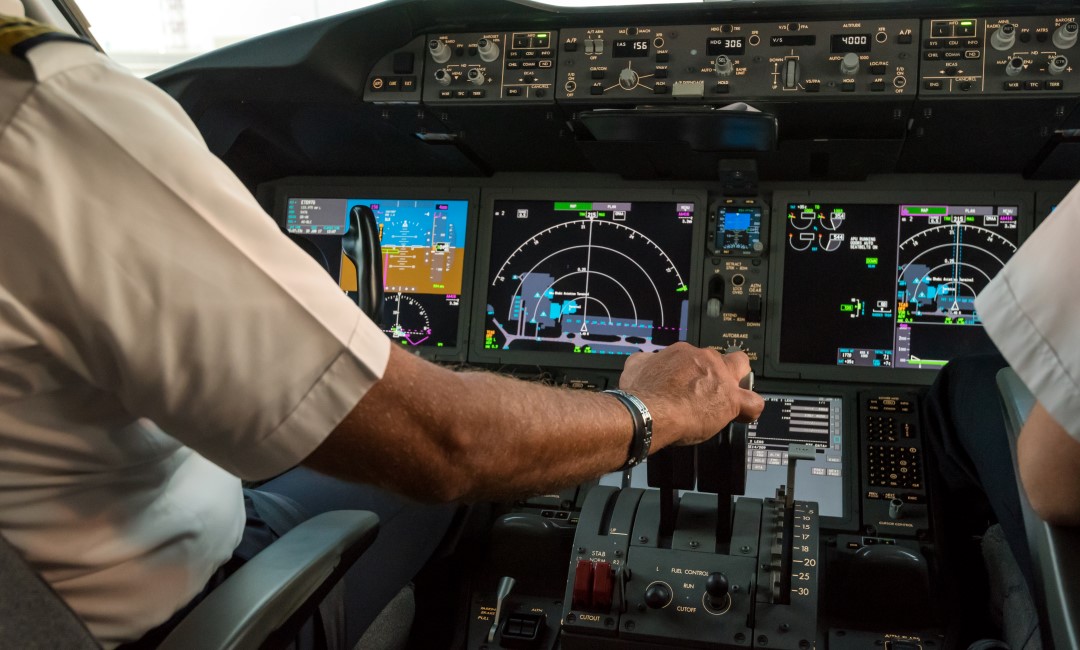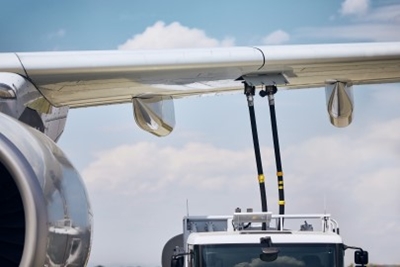How pilots can help reduce CO2 emissions
What can pilots in the cockpit do to make the aviation industry more sustainable? Pilots have several ways, from balancing fuel burn against time constraints and refraining from the practice of tankering to changing the way ground operations are handled and choosing different flap and reverse thrust settings.

Aerotime reports about a list of measures that the The European Cockpit Association has published, aimed at pilots. There are several operational improvements that pilots, working with airports and air traffic control, can make now to reduce emissions without impacting airlines or passengers.
Flying slower
The faster a plane flies, the more fuel it burns. Pilot can aim to fly at their engines’ best long-range speed, which means the most distance for the least fuel burn. Flying slower could save a good amount of fuel.
Tankering is the concept of carrying more fuel than required because it is cheaper to buy fuel at certain places. If pilots order and take more fuel, the plane is heavier, so therefore it burns more fuel. Less tankering means less fuel burn.
Airport electricity supply
Another helpful measure is that aircraft that are at stands at airports, should always be able to connect directly to the airport’s electricity supply, which may itself come from renewable sources. That saves the aircraft having to use its APU, a small engine, to provide power and air conditioning while stationary.
Flap settings
Electric tugs, Aerotime reports, could also be used to pushback aircraft, rather than conventionally powered vehicles. To save fuel, airlines can recommend a minimum flap setting, or the use of idle reverse thrust instead of full reverse thrust. These help to reduce fuel consumption and brake wear.


